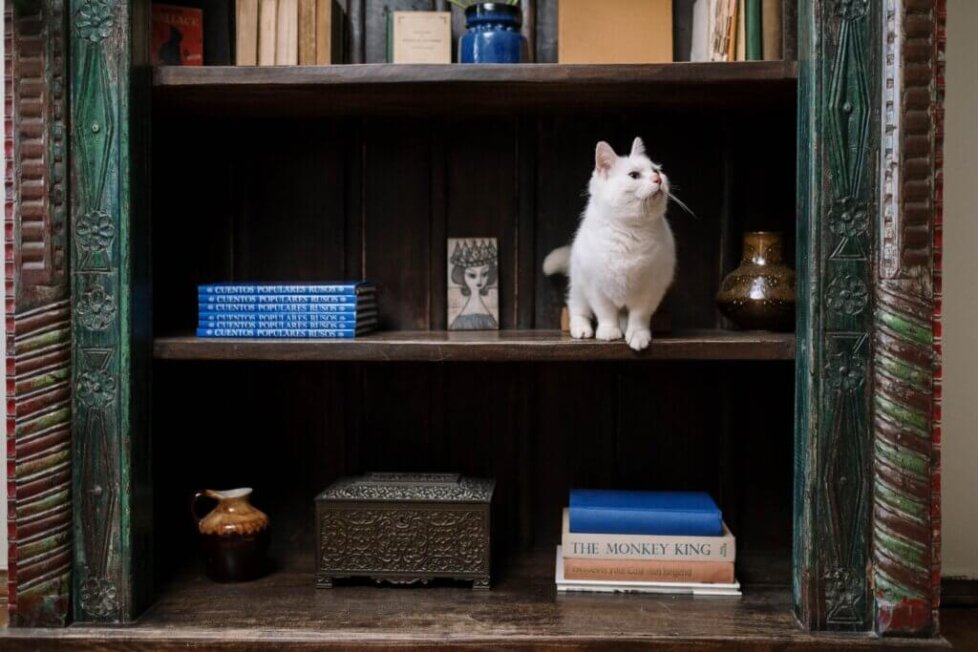I’ve been on the writer’s side of magazines for years, starting a thousand years ago (the late ‘80s) as staff writer at SELF magazine in New York. There, I worked side-by-side with my editors, so writing assignments were part of the job. But when I left New York a few years later to work as a freelance writer in Richmond, the editors I’d always worked with continued to assign pieces. The assignments came easily. This went on for a decade, but there was a catch: I never honed my pitching chops.
For most freelance writers, writing a pitch is an essential survival skill. A good one will catch an editor’s eye and land an assignment. It was years before I understood how lucky I’d been, not having to pitch stories. But now that I’m an editor, and I’m on the receiving end of pitches—I’ve learned a few things from my writers that I wish I’d known when I was a freelancer.
First, a good pitch isn’t just about landing an article assignment. Instead, it’s a letter of introduction and a conversation opener. I’m always looking for good writers. So, even if your pitch isn’t quite right, that’s okay. If your skills overlap with our needs, I’m still interested in you. Your pitch is more than a request for a yes-or-no answer about a single article idea. Ideally it’s the beginning of a friendly correspondence. Along the way, we’ll find a story for you to write.
If you’re an experienced writer, I really need you. I’ve got 70 pages of editorial to fill in every issue. And if this particular pitch isn’t “the one” that’s okay. Let’s find something else. I do my best to respond promptly, and I’ll always let promising writers know that I’d love to keep in touch. This is where many writers move on, possibly feeling that if their pitch wasn’t a go, they weren’t a go, either. That’s not true. I care more about the possibility of discovering a good writer than I do about a single article. And it you do want to write for a particular magazine, keep in touch.
I have great writers that I use regularly who often send a story pitch that doesn’t land. And that’s okay. Try something else. If an editor sends a favorable response to you, but they can’t use your pitch, keep the conversation going: Hey, are you guys doing anything with [topic]? I’ll be talking to a source who knows all about [topic] and I can find out more about [topic]?
I like this person already. And if I get busy and I don’t manage to answer an email—which I truly intended to answer, but I’m also proofing layouts and handling a million other details—don’t take offense. Instead, write back. And paste your original pitch into the follow-up email. This makes it easy for me to keep track of the pitch.
So, it goes something like this: Oh, hey again… I’m not sure if you saw this, so I’m just floating it back to the top of your inbox. So, anyway, I talked to that source who told me this about [topic]. And because you’re thoughtful enough to include your original idea in this follow-up email, you’re showing me that you truly know how to be helpful. And I do need a hand here.
At this point, you’re developing an idea, sharing the information and angles involved. And that’s super-helpful. Often pitches don’t provide enough information to allow me to decide either way about them, so the more you can develop an interesting idea, the better.
A few more pointers on pitching story ideas:
A pitch doesn’t have to be formal, a few paragraphs will do. But it does need to be complete. Always include the name, location, the launch date, and anything else that frames the piece. I often get pitches that leave out these key bits of information. When this happens, I’m unable to make an informed decision about scheduling a story, even if I like the idea.
What length do you imagine for your article? Are we talking about a short news item—300 words? A profile of 1000 words? Or a longer piece at 1500 to 2000?
In your email subject line, it’s helpful to put the words: Article Pitch, Story Pitch, or just Pitch, so I can find it later.
Consider scope and context. Is this a one-of-a-kind thing? Part of a larger trend? Is it the biggest one, the smallest, or the first? Is this place doing something in a way that nobody else in the field does? Show me how your topic fits into the big picture, either statewide, nationally, or since the beginning of time.
Do you have a source lined up already? Are you in touch with them? Have you made a phone call or two to confirm that they’re willing to talk to you? Or are you starting from scratch? Either way is okay, but it’s helpful to know and best to check if the idea depends on reaching a specific person.
Tell me, what’s in it for the reader? I’m looking to deliver engaging, informative articles that will inspire readers to comment. What will they find engaging about your story?
Finally, make sure I can reach you. I’ll have your email, of course. But I’m surprised by the number of writers who never share their phone numbers when they correspond with an editor. It’s handy in a pinch, but mostly, I like knowing I can call to tell you how much I love your piece when it comes in.
About the Author
 Constance Costas is the editor of Virginia Living magazine. She’s written for SELF, Harper’s Bazaar, Parents, Shape, and long-gone publications like Redbook, American Health, and Ladies’ Home Journal.
Constance Costas is the editor of Virginia Living magazine. She’s written for SELF, Harper’s Bazaar, Parents, Shape, and long-gone publications like Redbook, American Health, and Ladies’ Home Journal.


